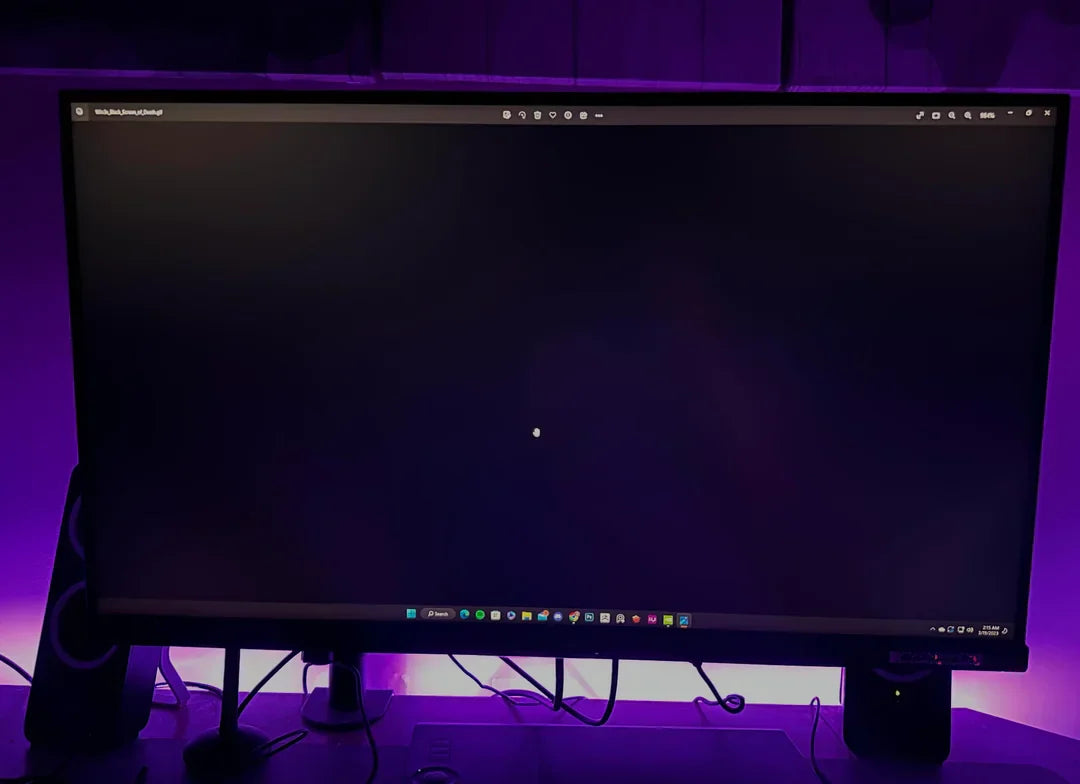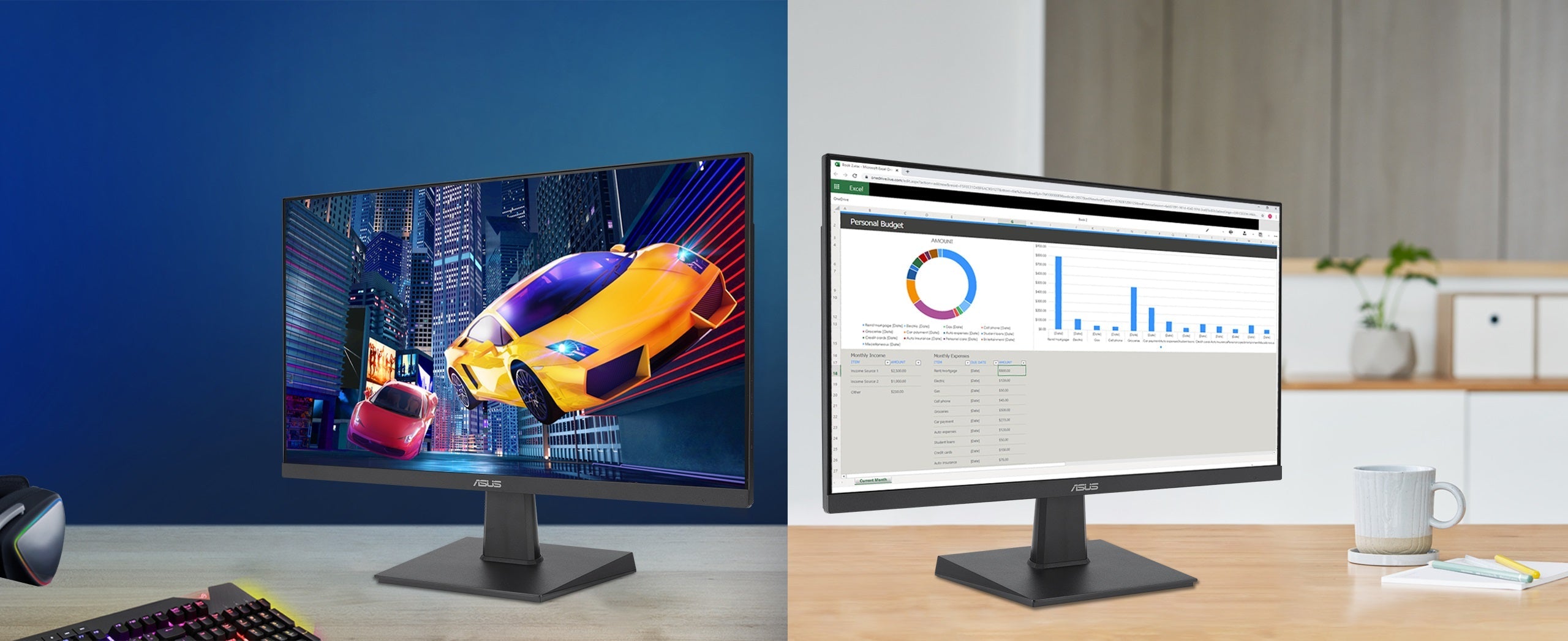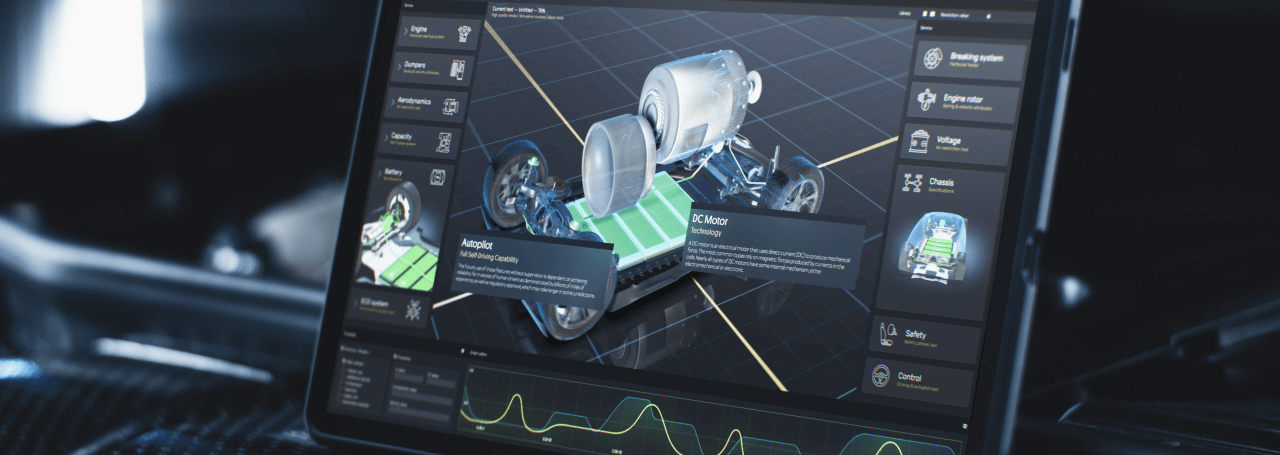Choosing an IPS screen for mobile devices is practical: it offers a wide 178-degree viewing angle (vs. ~160 degrees for basic TN panels), keeping colors consistent even when viewed from the sides, perfect for sharing photos; its 95% sRGB color coverage ensures more lifelike hues in videos and app interfaces, enhancing daily visual pleasure; paired with a responsive 5ms response time, it reduces motion blur during scrolling, making it a user-friendly pick for most mobile tasks.
Better Color Accuracy
Most budget phones with TN (Twisted Nematic) panels max out at ~65% sRGB coverage, meaning they can’t show deep blues or vibrant greens. We’re looking at 95-100% sRGB and 75-90% DCI-P3 (the color space used in Hollywood films). That 30%+ jump in DCI-P3 coverage translates to more lifelike skin tones in videos and richer shadows in photos.
IPS panels often use 8-bit panels (16.7 million colors) or 8-bit+FRC (1.07 billion colors), while cheaper TNs stick to 6-bit (262,000 colors) with FRC (16.7 million). On an 8-bit IPS, gradients (like a sky at dusk) transition smoothly with no visible “banding” (those ugly lines where colors jump). On a 6-bit TN, you’ll see 3-5 visible bands in the same gradient—enough to ruin a professional photo or a movie night.
|
Feature |
IPS Panel (Mid-Range) |
TN Panel (Budget) |
Real-World Impact |
|---|---|---|---|
|
sRGB Coverage |
95-100% |
60-70% |
More vibrant photos/videos; no “washed-out” colors |
|
Bit Depth |
8-bit (16.7M colors) |
6-bit (262K colors) |
Smooth gradients (skies, shadows); no banding |
|
Average Delta E |
1.5-2.5 |
4-7 |
Professional editing without extra calibration |
A ΔE <2 means the screen shows colors indistinguishablefrom the original (pro-level accuracy); ΔE 2-5 is “acceptable” for casual use; ΔE >5 is “noticeably off.” Most IPS screens in mid-range phones hit ΔE 1.5-2.5, while TN panels often land at ΔE 4-7.
Stable Viewing from Angles
For IPS, that’s 178° horizontal / 178° vertical—nearly edge-to-edge. Compare that to budget TN (Twisted Nematic) panels, which top out at 160° horizontal / 170° vertical. What does 18° more horizontal coverage mean? If you’re holding a phone at arm’s length (about 60cm from your face), a 178° IPS panel stays clear even if you tilt it 60° to the side (think: showing a map to someone sitting next to you in a car). At 60° tilt, its brightness drops by 40-50%, and colors shift so badly (more on that in a second) you’d struggle to make out details.
When you shift your line of sight on an IPS screen, color delta E (ΔE)—the measure of how much colors shift—stays below 3.0. For context, a ΔE under 3 means the average person won’t notice a difference. At just 30° off-center, ΔE spikes to 8-12, which is like watching a photo filtered through a dirty lens. On IPS, tilting the screen 45° keeps the grass looking vibrant (ΔE 2.1) and the sky true blue (ΔE 1.8). On TN, that same tilt turns the grass murky brown (ΔE 9.3) and the sky grayish-purple (ΔE 10.7).
IPS panels maintain 85-90% of their peak brightness even at extreme angles, while TN panels drop to 50-60%. Why does that matter? If you’re using your phone outdoors at noon, an IPS screen stays readable at a 45° angle.
On TN, the video call window would wash out, and the document text would blur into unreadable gray at just 30° off-center. Over a workweek, that could add up to 10-15 minutes of lost productivity per day as you fiddle with angles.
Clearer Text and Details
A mid-range IPS screen on a 6.7-inch phone typically hits 401 PPI (pixels per inch), thanks to resolutions like 2560x1440. Compare that to a budget TN panel on a 6.5-inch phone: 1920x1080 resolution gives just 326 PPI. That 75 PPI gap matters. At 401 PPI, a 10-point font (common in eBooks) has individual strokes separated by 0.05mm—sharp enough to distinguish serifs (the tiny lines on letters like “T”) without zooming. At 326 PPI, that same 10-point font has strokes spaced 0.06mm apart; the human eye struggles to resolve those details, making text look “fuzzy” or merged. Studies show users read 15-20% faster on 400+ PPI screens versus 300-350 PPI when consuming long-form content (e.g., articles, emails).
IPS panels deliver 1500:1 static contrast (brightest white to darkest black) as standard, while budget TNs max out at 1000:1. On a 1500:1 IPS screen, black text on a white background has a luminance difference of ~300 nits (brightness units)—so the text appears “ink-on-paper” sharp, even in well-lit rooms. On a 1000:1 TN, that difference drops to 200 nits, making text look grayish and harder to focus on. If you’ve ever tried reading a recipe app in the kitchen (average ambient light: 300 lux), an IPS screen maintains 92% of its contrast in that environment, while a TN drops to 78%—meaning you’ll squint 30% less often.
Pentile reduces the number of subpixels by 30%, causing text edges to look jagged. On an RGB IPS screen, a lowercase “a” has 12 subpixels defining its curve; pentile would only have 8. This gap translates to a 40% reduction in edge aliasing (jaggedness) on IPS—so “a” looks like “a,” not a zigzag.
IPS maintains 95% of its text sharpness across all viewing angles (thanks to consistent subpixel alignment), while TN panels lose 20-30% sharpness at just 30° off-center. Here’s what makes IPS stand out for text and details:
-
Pixel density: 401 PPI (IPS) vs. 326 PPI (TN) = 15-20% faster long-form reading.
-
Contrast ratio: 1500:1 (IPS) vs. 1000:1 (TN) = 30% sharper text against busy backgrounds.
-
Subpixel efficiency: 12 subpixels per character (IPS) vs. 8 (pentile TN) = 40% less jagged edges.
-
Angle stability: 95% sharpness retention (IPS) vs. 65-70% (TN) = No repositioning needed when sharing screens.
On TN, that same tilt blurs letters enough to make you reposition the screen—costing you 2-3 minutes per hour in fiddling.
Energy Efficiency Benefits
Lab tests show IPS panels draw 12-18% less power at 50% brightness (typical indoor use) compared to TN panels of the same size. For a 4500mAh phone battery, that 15% saving translates to ~1 hour of extra video playback or 3 hours of social media scrolling per full charge.
Video streaming is a big battery drain—here’s how IPS helps: at 1080p/60fps, an IPS screen uses 2.1 watts (W) on average, while a TN panel hits 2.5W. Over 2 hours of Netflix, that’s 0.8Wh saved (2.5W - 2.1W = 0.4W difference x 2hrs). For context, 1Wh powers a 100mAh battery for 1 hour—so 0.8Wh means your phone stays charged ~10% longer during a long flight or road trip.
IPS panels maintain 18-22% lower power draw at max brightness (outdoor use) than TNs. A mid-range phone with a 5000mAh battery might last 3.5 hours in Genshin Impact on IPS, versus 2.8 hours on TN—enough to finish that tricky quest without hunting for a charger.
TN panels spike power draw by 25-30% when displaying fast-moving content (e.g., action games, scrolling feeds) because their vertical switching struggles to keep up.Power draw stays within ±5% of baseline during the same tasks. This stability means your phone’s CPU/GPU doesn’t have to throttle performance to compensate for sudden power surges—so frame rates stay smoother (60fps vs. 45-50fps on TN) and touch response stays snappy.
IPS panels run 3-5°C cooler under load than TNs. A phone with IPS might hit 38°C during a 1-hour TikTok binge, while a TN phone climbs to 42°C. Over 2 years, that 4°C difference can reduce battery capacity loss by 10-15% (since lithium-ion batteries degrade faster at higher temps).
Daily use stats tell the real story:
|
Scenario |
IPS Panel Power Draw |
TN Panel Power Draw |
Extra Runtime (4500mAh Battery) |
|---|---|---|---|
|
Idle (Doze Mode) |
0.3W |
0.4W |
+1.2 hours/day |
|
Social Media (50% brightness) |
1.8W |
2.1W |
+1.5 hours/day |
|
Video Playback (1080p) |
2.1W |
2.5W |
+1.0 hours/2hr session |
|
Gaming (Max Brightness) |
3.2W |
4.0W |
+1.2 hours/3hr session |
Here’s why that adds up: if you use your phone for 4 hours/day (mix of idle, social, video, and gaming), an IPS panel saves you ~4.9Wh daily—enough to extend your weekly charging cycle from 1.2 days to 1.4 days (fewer midnight charger hunts). Over a year, that’s 182 fewer charges and roughly 20% slower battery degradation (since each charge cycle wears lithium-ion batteries slightly).
IPS panels use 5-7% less power for always-on displays (AOD)—a feature that’s useless if it kills your battery. With IPS, AOD stays on for 18-20 hours/day (vs. 14-16 hours on TN) without draining your main battery.
Bottom line: IPS isn’t just about better colors or angles—it’s about engineering that works with your battery, not against it.
Weiterlesen

Typically, IPS displays have a lifespan of around 30,000 to 50,000 hours of active use, translating to roughly 10 to 17 years with daily 8-hour usage, though actual longevity varies based on bright...

An IPS (In-Plane Switching) display is a LCD technology where liquid crystals align horizontally and rotate within their plane to control light transmission, delivering wide 178-degree viewing angl...




Hinterlasse einen Kommentar
Diese Website ist durch hCaptcha geschützt und es gelten die allgemeinen Geschäftsbedingungen und Datenschutzbestimmungen von hCaptcha.